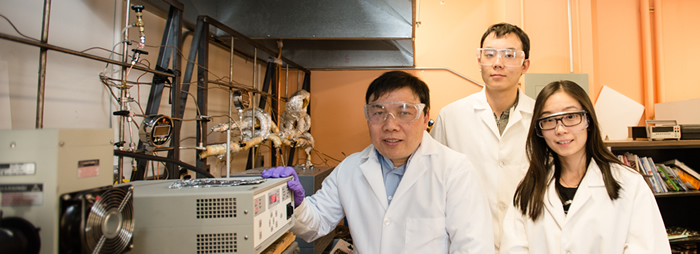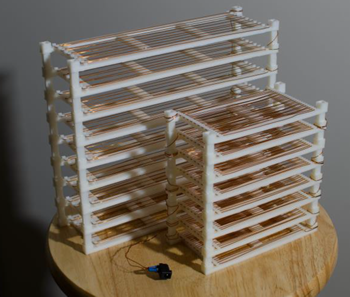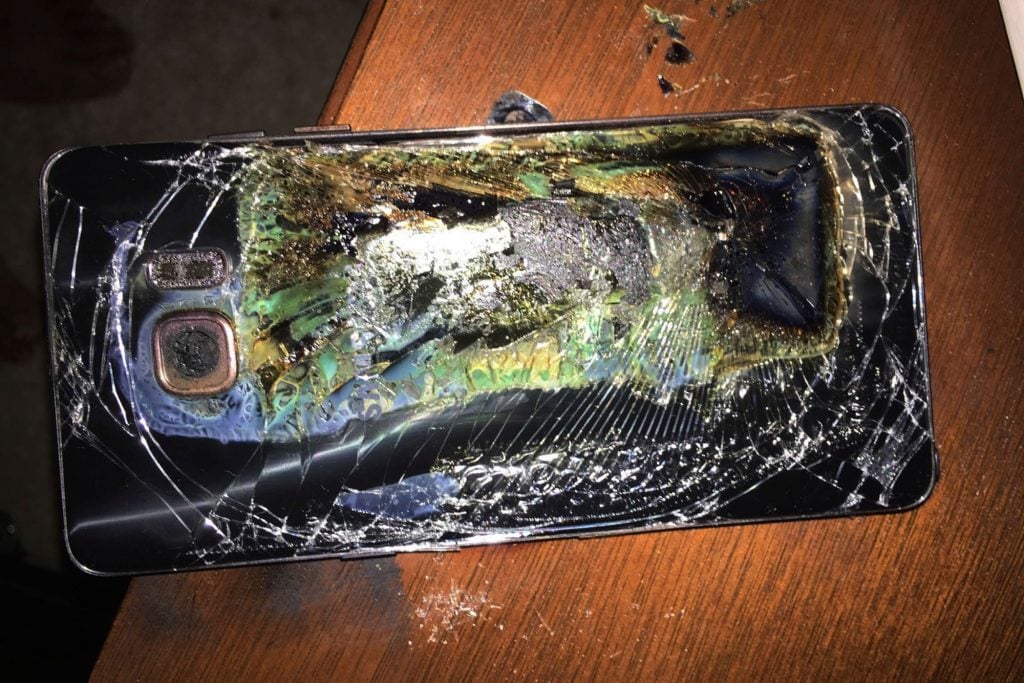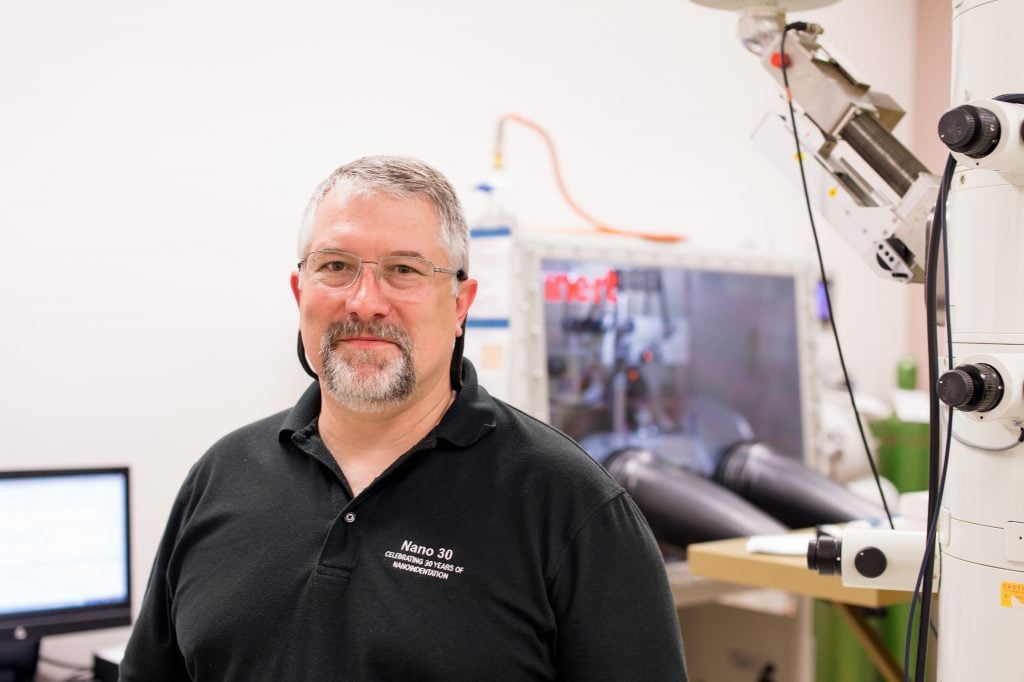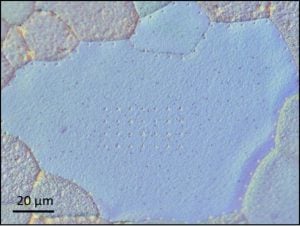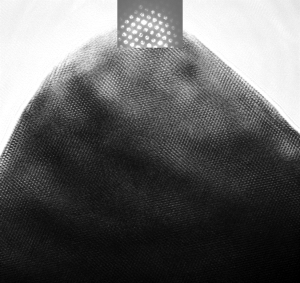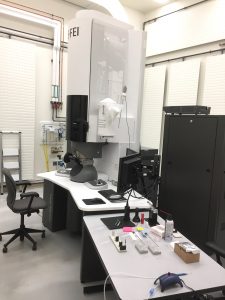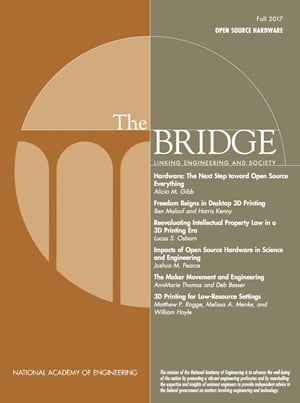Last Tuesday (May 15, 2018), faculty and staff members, along with their guests, gathered at the Memorial Union Ballroom for an awards dinner recognizing 25, 30, 35, 40 and 45 years of service to Michigan Tech.
Within the College of Engineering, the following employees were recognized:
25 Years
Bruce Mork, Electrical and Computer Engineering
Timothy Schulz, Electrical and Computer Engineering
30 Years
Warren Perger, Electrical and Computer Engineering
Charles Van Karsen, Mechanical Engineering-Engineering Mechanics
35 Years
David Hand, Civil and Environmental Engineering
Lawrence Sutter, Materials Science and Engineering
40 Years
Surendra Kawatra, Chemical Engineering
Congratulations to all honorees. This year’s Staff Service Recognition Luncheon will be held Wednesday, June 6.
By Human Resources.



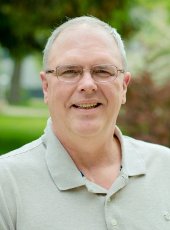
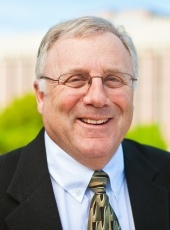
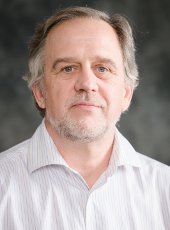
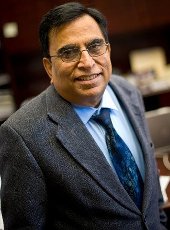
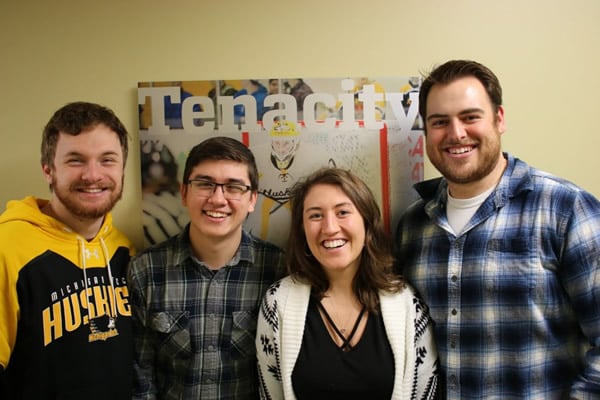
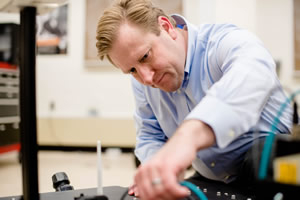 The Vice President for Research Office announced the 2018 Research Excellence Fund (REF) awards and thanked the volunteer review committees, as well as the deans and department chairs, for their time spent on this important internal research award process. The awardees in the College of Engineering are listed below:
The Vice President for Research Office announced the 2018 Research Excellence Fund (REF) awards and thanked the volunteer review committees, as well as the deans and department chairs, for their time spent on this important internal research award process. The awardees in the College of Engineering are listed below: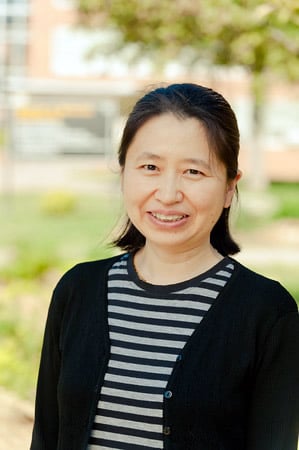
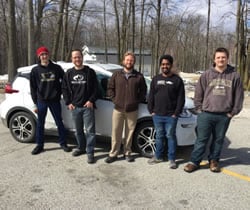
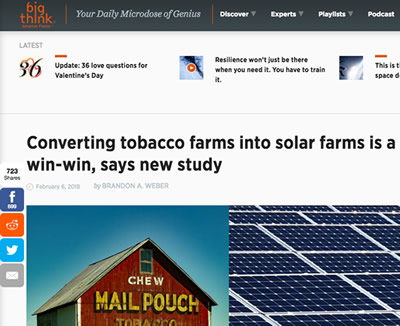 Research by Electrical Engineering alumnus Ram Krishnan ‘16 and Joshua Pearce (MSE/ECE) on converting tobacco farms to solar photovoltaic farms was covered widely in the media including;
Research by Electrical Engineering alumnus Ram Krishnan ‘16 and Joshua Pearce (MSE/ECE) on converting tobacco farms to solar photovoltaic farms was covered widely in the media including; 